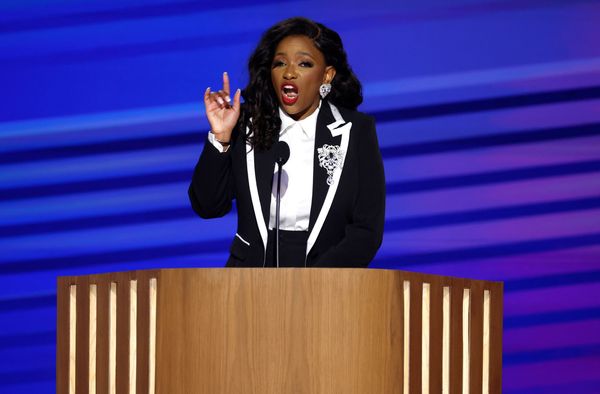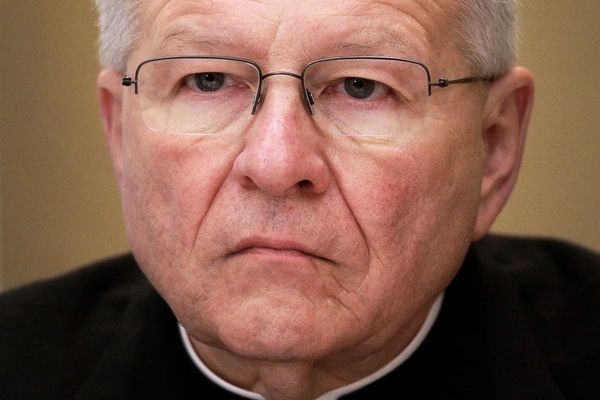As Australia basks in the afterglow of the Socceroos' miraculous World Cup campaign, thoughts are now turning to how the domestic game can capitalise on this white-hot moment and create a legacy that lasts longer than the fleeting feelings of belief and inspiration its players have sparked.
Australian football is familiar with the boom-and-bust cycle sparked by major tournaments, where the game crashes through the ceiling of mainstream public consciousness only to watch that enthusiasm slowly ebb away as different parts of the ecosystem fail to strike the glowing iron (hello, 2015 Asian Cup win).
Throughout it all, the golden question has remained: how do you translate the massive (if irregular) exposure created by the national teams into sustainable bums-on-seats support for the leagues that developed them?
The last time there was a clear line drawn between a successful Socceroos World Cup run and a sustained surge of interest in the domestic competition was, unsurprisingly, back in 2006.
While most of the 'golden generation' of players who qualified for the World Cup in Germany that year played overseas, almost all of them began their careers right here in Australia, emerging through the old National Soccer League that, just a year earlier, had been relaunched as the A-League: a glittering new enterprise designed to appeal to the general sports-watching masses.
Several Socceroos, including John Aloisi, Tony Vidmar, Archie Thompson, Paul Okon and Ned Zelic, became marquee players for these new A-League clubs, with their World Cup success spilling over into the fledgling competition and providing an almost immediate and mainstream popularity.
A new broadcast deal, major sponsorships, widespread media coverage, and a whole new cohort of fans all coalesced in the perfect moment, providing rocket fuel to this new competition that became one of the biggest and most exciting for the better part of the following decade.
The historic achievements of 'generation next' in Qatar, becoming the first Socceroos team to win two group games, keep two clean sheets, and score in every game provides an opportunity for the A-Leagues to do the same.
Eight of the 26 World Cup squad members are currently signed to A-League Men clubs, which returns from its early-season pause this weekend, while almost every single player who travelled to Qatar spent some time in Australia's top-flight. They are who – and where – they are because of it.
"We're excited about Australian football and Australian talent," said former Western Sydney Wanderers striker Mitch Duke following Australia's historic win over Denmark.
"Don't write us off. There's something really special building right now and I think a lot to be excited with Australian football and the players we have."
Now is the time to build it. To their credit, the A-League Men's social media accounts have been some of the most active over the course of the Socceroos' campaign, and have already begun marketing the return of the 2022/23 season with stories, analysis, profiles, and imagery of Australian players dressed in ALM club colours, all accompanied by the new slogan: "Where Socceroos Are Made."
What's important now is to keep that narrative going – to not only spotlight current players like Mat Leckie, Jamie Maclaren and Marco Tilio at Melbourne City; Craig Goodwin at Adelaide United; Andrew Redmayne at Sydney FC; and the Central Coast Mariners trio of Garang Kuol, Jason Cummings and Danny Vukovic, but also to turn attention to the future Socceroos emerging behind them: those who were part of Graham Arnold's Tokyo Olympics squad, say, or the ones currently involved in Australia's youth national teams.
Outside of the A-Leagues' own platforms and properties, though, this also presents a major opportunity for the competition's sponsors and broadcast partners to capitalise on these homegrown hero stories: to use these overnight-celebrity footballers to advertise the competition across multiple commercial and marketing arms that have the broadest possible appeal to the same casual and mainstream audience that their World Cup run captured.
Beyond the stories, though, there are more concrete changes that must be made. As Arnold explained last week, the A-Leagues' biggest weakness compared with competitions elsewhere in the world – and a big reason why so many players end up leaving Australian shores – is that there is simply not enough of it.
"I've been a big believer in the A-League for a long time," he said last week. "People sit back at home and compare it to the English Premier League, because that's really the only other football that we watch in Australia.
"[But] I've been out and about around Europe, and the A-League is as good as most European competitions. There's only one thing the A-League has to do and that is play more football. They don't play enough football.
"Twenty-five, 26 games isn't enough. Twelve teams isn't enough. You need to give kids more opportunity to be professional footballers.
"The quality of the A-League, the boys here have shown […] that they can match it on the world stage. As I said, I'm a firm believer in it. We've got those young kids coming through and they've got to be ready."
Arnold has changed his tune dramatically since taking over the Socceroos job four and a half years ago, moving on from his reliance on older, more experienced players at Sydney FC to becoming one of the fiercest advocates for youth development in the country, most notably taking over the Under-23s team through the Olympics.
Ten of those players featured in the final 26-player squad in Qatar, with reports by both the professional players' union, the PFA, and the A-Leagues this year showing that investment in youth development continues to grow.
Creating even more structural opportunities for young players coming through the system – whether it's through quotas on playing-time for underage players or embedding youth development principles within the incoming National Second Division that's slated to begin within the next two years – is paramount if Australia wants to continue producing the types of players who can perform on the world stage, as 'generation next' have just done.
Socceroos goal-scorer and Adelaide winger Craig Goodwin echoed Arnold's sentiments following their 2-1 loss to Argentina in the round of 16: "We hope that what we've achieved here can help grow the game back home, because the A-League is better than then its perceived," he said.
"The quality of Australian football is better than its perceived, and I think it's been that way for a long time.
"Hopefully, what we've been able to achieve here can put the Australian football on the map and help the game grow. Thank you to the Australian public […] the message to them is get out and see the Socceroos players that are playing in the A-League.
"Support your local teams and embrace Australian football, and help it grow. It's about building on what we've done here; not just as this playing group, but as a nation as well. To give Australian footballers, boys and girls, the platform to perform on the biggest stage in the world, and to be able to give those players what they need to match it with the best."
More football leads to more media coverage, more media coverage leads to more fans, and more fans leads to more money that can then be re-invested back into the league. The cycle has been ever thus, and with all the entire country currently riding the Socceroos' wave of popularity, now is the time to make the changes that ensure they continue to do so.







